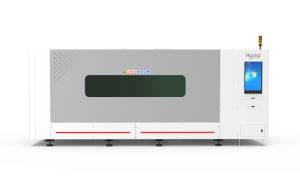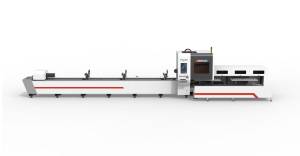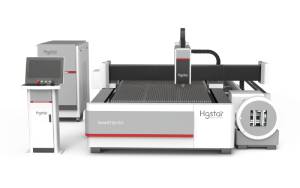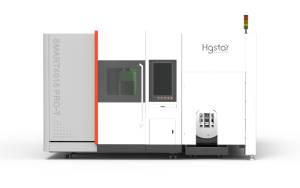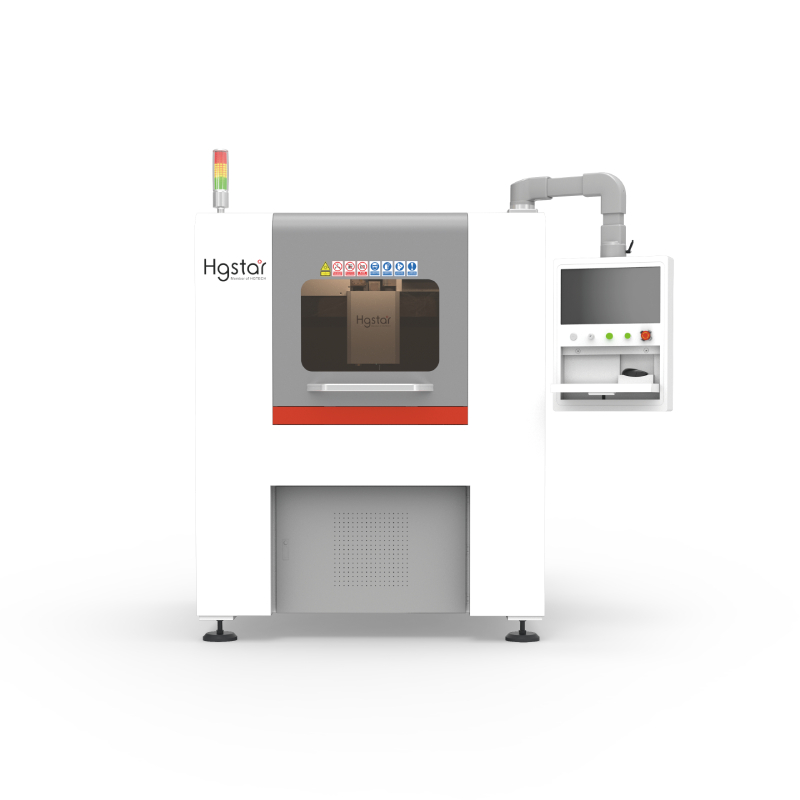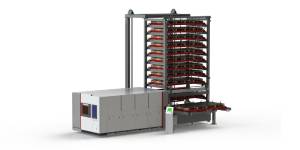Projects
Application Of Laser Welding In Pressure Vessels
Classification of pressure vessels
Pressure vessels are divided into reaction pressure vessels, heat exchange pressure vessels, separation pressure vessels, and storage pressure vessels. A pressure vessel is a closed container that can withstand pressure.

Application Industry of Pressure Vessels
Pressure vessels have a wide range of applications, playing an important role in many sectors such as industry, civilian, military, and scientific research. The pressure vessels used in the chemical and petrochemical industries alone account for about 50% of the total number of pressure vessels.
Pressure vessels have a wide range of applications, playing an important role in many sectors such as industry, civilian, military, and scientific research. The pressure vessels used in the chemical and petrochemical industries alone account for about 50% of the total number of pressure vessels.
Pressure vessels are mainly used in the fields of chemical and petrochemical industries for heat transfer, mass transfer, reaction and other process processes, as well as for storing and transporting pressurized gases or liquefied gases; It is also widely used in other industrial and civil fields, such as air compressors. All types of specialized compressors and auxiliary equipment for refrigeration compressors (coolers, buffers, oil-water separators, gas storage tanks, evaporators, liquid coolant storage tanks, etc.) belong to pressure vessels.
Manufacturing of pressure vessels
As a special type of equipment, pressure vessels not only need to withstand pressure loads of different sizes (usually pulsating loads) during their production process, but also need to operate under high temperature or deep cold conditions, and the working medium is often corrosive. Under the same circumstances, the accident rate of pressure vessels is significantly higher than that of other mechanical equipment. Once an explosion occurs, it will lead to catastrophic accidents. Therefore, in the manufacturing process of pressure vessels, the arrangement of welding seams and welding quality are key factors that determine the quality of pressure vessels. Laser welding technology directly affects the performance and quality of pressure vessels, determining their safety and reliability.
As a special type of equipment, pressure vessels not only need to withstand pressure loads of different sizes (usually pulsating loads) during their production process, but also need to operate under high temperature or deep cold conditions, and the working medium is often corrosive. Under the same circumstances, the accident rate of pressure vessels is significantly higher than that of other mechanical equipment. Once an explosion occurs, it will lead to catastrophic accidents. Therefore, in the manufacturing process of pressure vessels, the arrangement of welding seams and welding quality are key factors that determine the quality of pressure vessels. Laser welding technology directly affects the performance and quality of pressure vessels, determining their safety and reliability.
Laser welding of pressure vessels has broad application prospects in the manufacturing of pressure vessels. Laser welding uses high-energy laser beams to quickly melt the workpiece into a molten pool, which is different from traditional welding methods such as manual operation or resistance welding. It has the characteristics of high welding efficiency, good weld quality, no pores, flat and beautiful appearance, no pollution at the welding points, and small heat impact. Moreover, it does not require or only requires simple post welding treatment, The strength and toughness of the weld seam are equivalent to or even exceed that of the parent material, and it has become the optimal solution in the pressure vessel welding industry.







